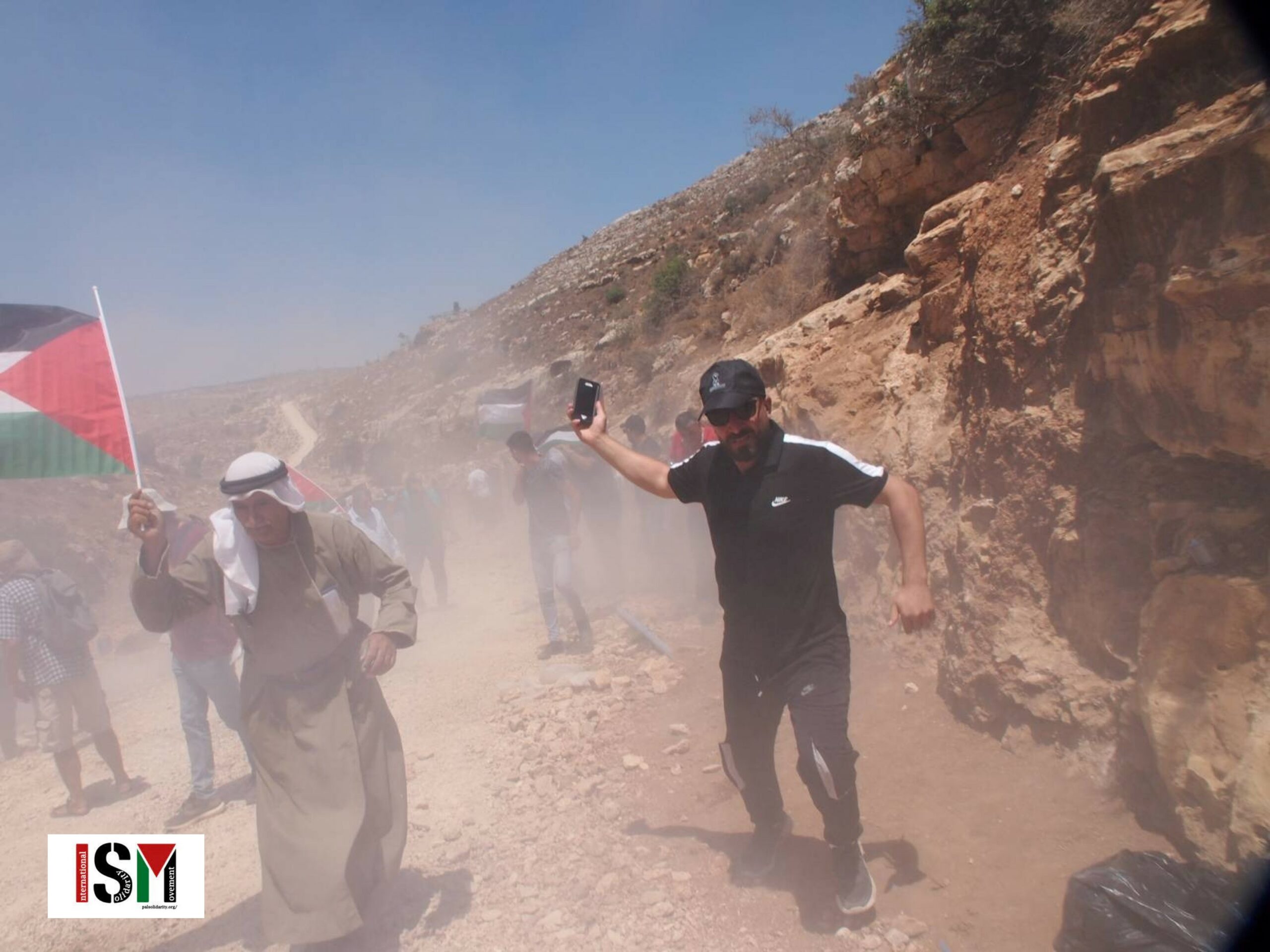Category: Reports
-

Palestinian child looses leg after Israeli occupation invades Nur Shams Camp
On Monday July 24, 16 year old Mohammed Zendiq lost his leg during the invasion of Nur Shams refugee camp, near Tulkarem, by the Israeli Occupation Forces. In the 4 hour long invasion, the IOF accompanied by a military bulldozer caused serious material damage to the camp’s main streets and infrastructures as well as private…
-

International Solidarity Movement Podcast episode 9: Dheisheh Refugee Camp – an epicentre of anticolonial resistance
In this episode Tom and Hazel speak to Sireen Khudairy, who is a resident of Dheisheh refugee camp in Bethlehem. For many years, Dheisheh has been a centre of determined resistance against the occupation. We spoke to Sireen in December 2022. And she told us about life and resistance in Dheisheh, and also in the…
-

Israeli Forces Kill Unarmed Teenager in Umsafa
On Friday 23rd July, Israeli occupation forces fatally shot Mohammed Fouad Atta Bayyed, 17, at a demonstration in Um Safa, a village north of Ramallah which, for the past few months, has been marked by increased settler violence and encroachment. With at least hundreds of Dunams of land confiscated by the Israelis for the purpose…
-
Israeli army violently represses peaceful Friday demonstration
On Friday, August 4, a peaceful demonstration was violently attacked by the Israeli army around the West Bank village of Deir Istyia, Salfit governorate. About 30 Palestinians from Deir Istiya, including women, the elderly and children were on their way to the land north of the village, accompanied by a number of Israeli and international…
-
Israeli Occupation forces Shoot Children in the Head and Then Arrests Them in Nabi Salah
6/9/2023 Nabi Salah, Occupied Palestine, In the Aftermath of the Killing of infant Mohammad Tamimi the occupying forces invaded the sleeping village of Nabi Saleh again early Friday morning and aressted Wissam Tamimi, who had just turned seventeen, and twenty-two-year-old Mohammed Fadel Tamimi, from their homes. Both suffer from severe head injuries. The Israeli military…


